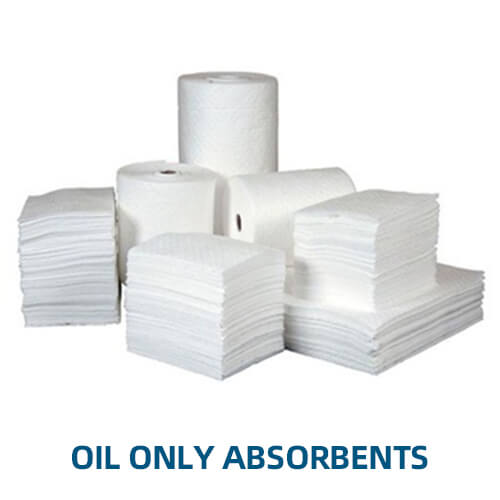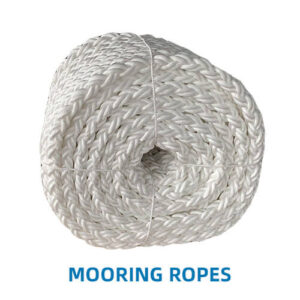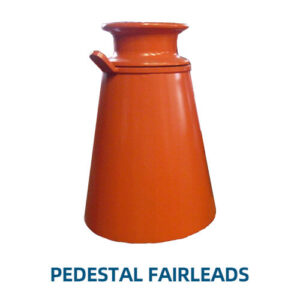Oil Only Absorbents
Oil-only absorbents are specialized materials designed to absorb and contain oils and petroleum-based fluids while repelling water. They are used primarily in spill response and cleanup operations to address oil spills on land and water. These absorbents are crucial for environmental protection, helping to manage and mitigate the impact of oil leaks and spills.
[wpforms id=”2623″]
Description
Key Features of Oil-Only Absorbents:
- Oil Selectivity:
- Absorption of Oils: These materials are engineered to attract and absorb oils and hydrocarbons efficiently. They work by selectively binding to oil molecules while repelling water, making them ideal for use in aquatic and terrestrial environments where oil spills occur.
- Water Repellency: Oil-only absorbents do not absorb water, ensuring that the absorbed oil remains isolated and that the absorbent material remains lightweight and effective.
- Types of Oil-Only Absorbents:
- Pads: Flat, flexible sheets that can be placed on surfaces or deployed in water. They are ideal for absorbing spills on large surfaces or for containing oil slicks on water.
- Booms: Cylindrical, floating devices used to contain and corral oil spills on the water’s surface. Booms can be connected to form barriers around the spill, preventing it from spreading and allowing for easier collection and removal.
- Socks: Long, tubular absorbents used to contain and absorb oil spills on land or in water. They are effective for controlling and cleaning up spills in confined areas or around equipment.
- Pillows: Compact, absorbent pillows that can be used to absorb oil in various locations, including small spills and leaks. They are portable and easy to deploy.
- Rolls: Large rolls of absorbent material that can be cut to size and used to cover larger areas or to create custom absorbent barriers.
- Materials:
- Polypropylene: Many oil-only absorbents are made from polypropylene, a synthetic polymer that is highly effective at absorbing oil and repelling water. Polypropylene absorbents are often used due to their lightweight nature and high absorbency.
- Natural Fibers: Some oil-only absorbents use natural materials like cotton or cellulose. These are less common but can be effective in certain applications.
- Capacity:
- Absorbent Capacity: The effectiveness of an oil-only absorbent is often measured by its capacity to absorb oil relative to its weight. High-capacity absorbents can hold a large amount of oil before becoming saturated.
- Usage:
- Emergency Response: Oil-only absorbents are critical in emergency response situations to quickly contain and clean up oil spills. They are often used by environmental agencies, maritime operations, and industrial facilities.
- Routine Maintenance: In addition to emergency use, oil-only absorbents are used for routine maintenance to manage small leaks and drips from machinery and equipment.
Advantages of Oil-Only Absorbents:
- Efficiency: They effectively absorb and contain oils and hydrocarbons, preventing the spread of spills and reducing environmental impact.
- Water Repellency: The ability to repel water ensures that the absorbents remain effective even in wet conditions, such as on the water or in rainy environments.
- Versatility: Available in various forms and sizes, oil-only absorbents can be used in a wide range of applications, from small spills to large-scale cleanup operations.
- Ease of Use: They are generally easy to deploy and handle, making them suitable for both emergency response teams and routine maintenance personnel.
Considerations for Using Oil-Only Absorbents:
- Spill Size and Type: Choose the appropriate type and quantity of absorbent based on the size of the spill and the type of oil or petroleum product involved.
- Disposal: Once saturated, oil-only absorbents must be disposed of properly according to local regulations. They should be treated as hazardous waste if they contain significant amounts of oil.
- Regular Maintenance: For ongoing operations, regularly check and replace absorbents to ensure that they remain effective and that potential spills are managed promptly.
Applications of Oil-Only Absorbents:
- Marine Environments: Used for managing oil spills on water, including oceans, rivers, and lakes. Booms and pads are commonly deployed in these settings.
- Industrial Sites: Used to control and clean up spills from machinery, storage tanks, and pipelines. Pads and socks are often used in these settings.
- Roadways and Land: Effective for managing oil spills and leaks on roads, parking lots, and other land surfaces. Rolls and pads can be used to cover and absorb spills.
Oil-only absorbents are essential tools for managing oil spills and protecting the environment. Their specialized design and materials make them effective for absorbing oils and hydrocarbons while repelling water, providing a crucial resource for spill response and cleanup operations.






